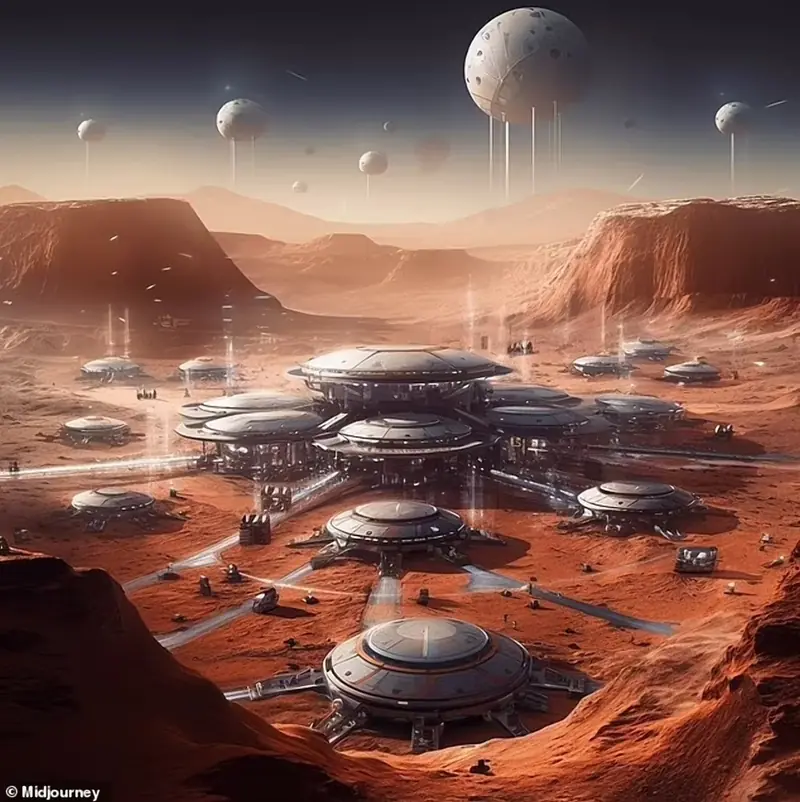
Space exploration has always been a cornerstone of blockbuster science fiction films—from the iconic “Interstellar” to “The Martian.” Anyone captivated by the cosmos likely harbors a dream of witnessing the universe up close, rather than just through satellite images. This is why Elon Musk has garnered a significant following among those who hope to see artificial settlements on Mars and beyond within their lifetime.
But what will human colonies beyond our home planet actually look like? The AI program Midjourney has attempted to visualize this, taking into account expert opinions.
“Gates” Near Earth
David Barnhart, CEO and founder of the space company Arkisys, asserts that human exploration of space hinges on the existence of “gates” near Earth and autonomous “ports” along the journey between planets. Such structures would be established by a small number of researcher “techies.” This would then enable the transportation of most settlers to Mars and beyond.
In a conversation with reporters from the Daily Mail, Barnhart noted that the future of human space exploration largely depends on setting up the necessary infrastructure. This means that the first step is to create “intermediate ports” equipped with supply chains, housing, grocery stores, and more.
Barnhart explains that this is how exploration has historically unfolded on Earth. It took decades, but the pioneers were always those who built forts, towns, and villages in new territories. The established infrastructure allowed for the reception of essential goods and services for further development and the accommodation of new settlers.
According to the expert, the same will apply to space exploration. Arkisys aims to build “gates”—orbital beacons that will serve travelers and spacecraft in orbit around Earth, the Moon, Mars, and beyond.
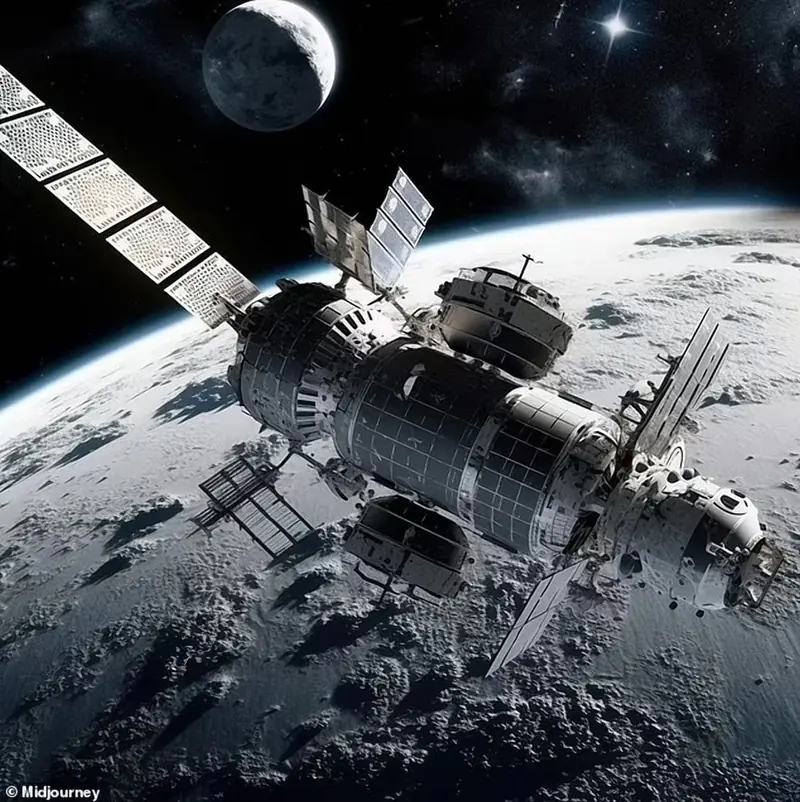
Way Stations to Mars in Lunar Orbit
According to Barnhart, NASA initially considered the Moon as a site for creating a “gate” to facilitate the transportation of fuel and personnel. Additionally, the original concept envisioned Earth’s satellite as an intermediate station for potential transport to Mars.
This idea has since expanded. Now, plans include the establishment of space stations orbiting the Moon, which will serve as one of several “ports” in this system. The presence of large antennas will also ensure constant communication with colonies on Mars or even deeper within the Solar System.
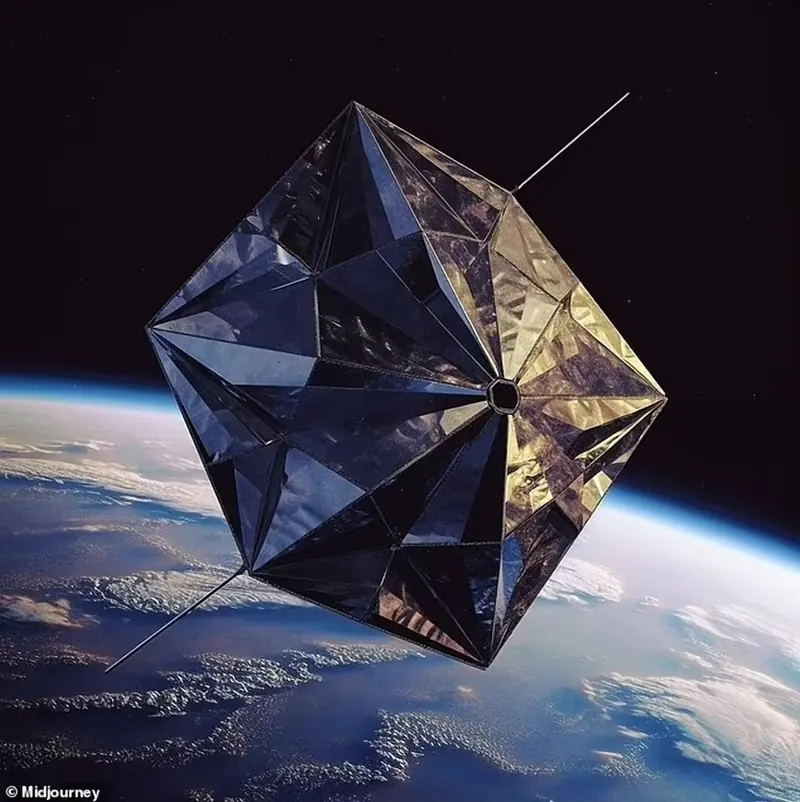
Asteroid Mining
This future space industry, according to experts, could become one of the most lucrative. Specialists suggest that the first trillionaire will likely be a mogul involved in asteroid mining.
Currently, NASA is tracking over 6,000 asteroids, with estimates suggesting that mining just ten of the closest to Earth could yield $1.5 trillion. For instance, one asteroid, 16 Psyche, is estimated to contain gold worth $700 quintillion.
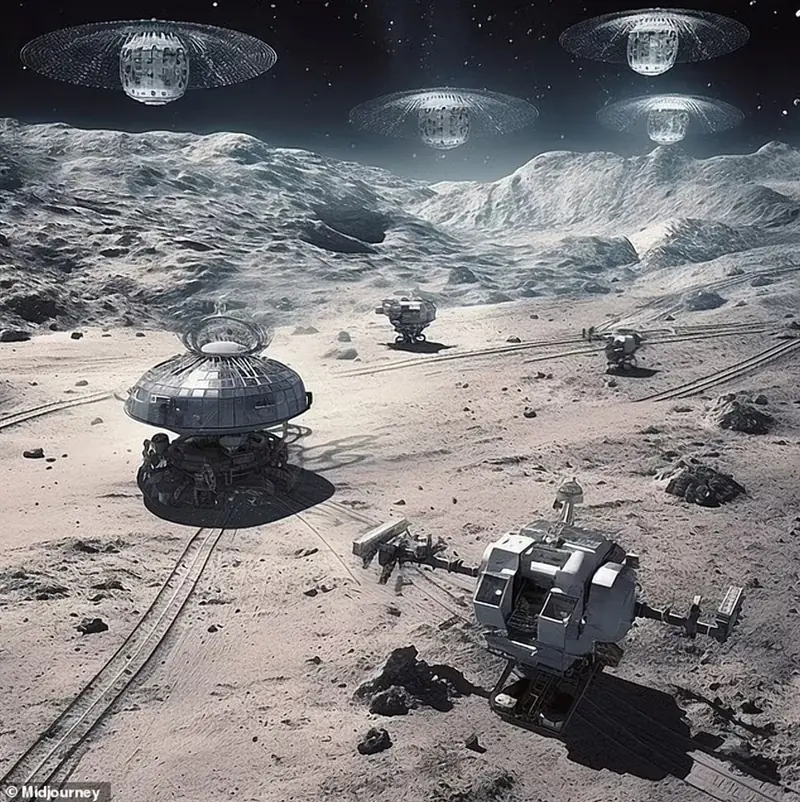
Manned Bases on the Moon
Former NASA consultant Philip Robert Harris writes in his book “Space Enterprise” that building space stations and bases on the Moon will lay the groundwork for space infrastructure over the next 50 years. This will facilitate the further development of settlements in space, manned missions to Mars, and asteroid mining. According to Harris, the human population is likely to grow to thousands of astronauts this millennium—from builders of space infrastructure to space explorers.
The expert also notes that the Moon is a logical location for establishing the first human colony beyond Earth. The Earth’s satellite will provide protection from cosmic dangers, energy from the Sun, and material resources to support human activities. Moreover, the Moon serves as an excellent platform for scientific research.
Interestingly, throughout the entire history of space exploration, only 12 people have set foot on the Moon!
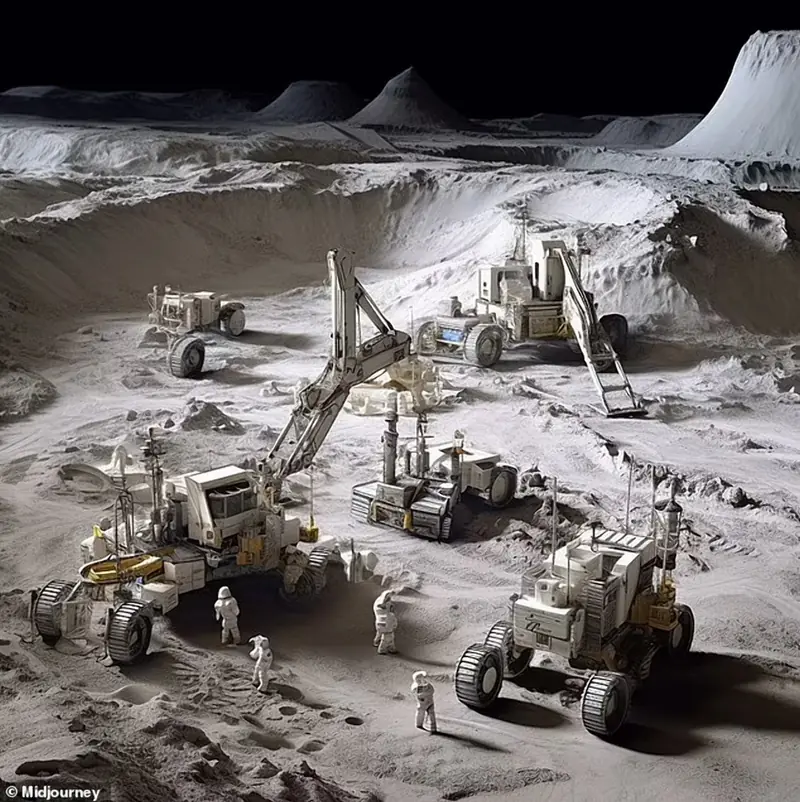
Musk’s Starships and a Permanent Base on Mars
Last year, Elon Musk suggested that human travel to the Red Planet could occur by 2029. To minimize losses, he plans to use his reusable Starship rockets along with a fleet of Starships that “roam” between planets for Mars colonization.
Musk believes that approximately 1,000 starships will be needed to make life multi-planetary. He argues that establishing a space civilization will help humanity avoid the threat of extinction (for example, due to nuclear war).
As Musk points out, a self-sustaining settlement on Mars would make interstellar life possible. This would significantly increase the chances of preserving civilization in the event of a catastrophe on Earth. Furthermore, a permanent Martian base would allow humans to travel even further.
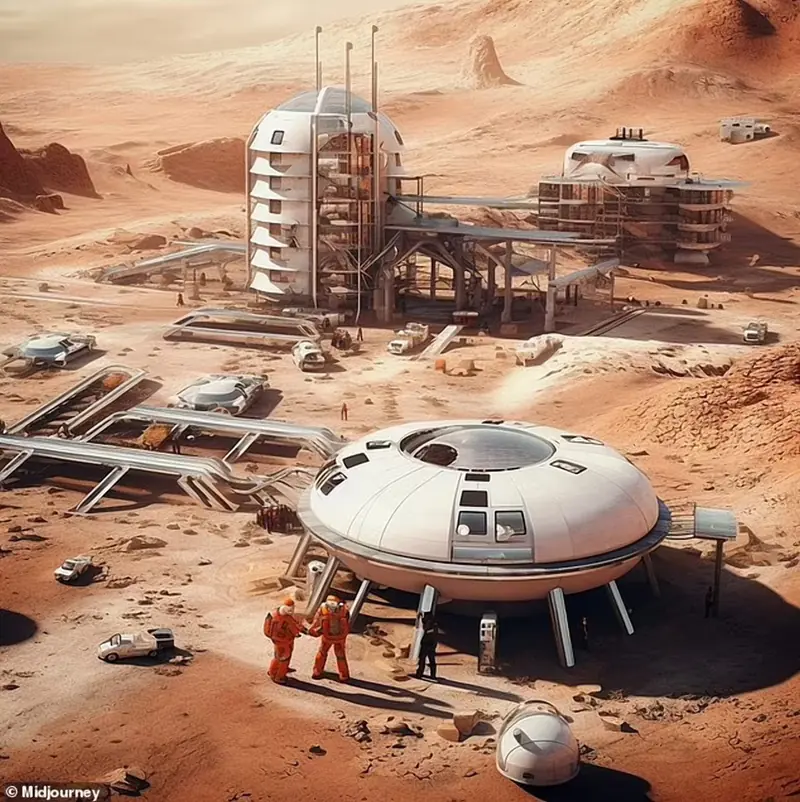
High-Tech Orbital Stations
Vivek Concherry, CEO of Graphene Space Habitat Limited, claims that future space stations will be constructed using high-tech materials with the help of robotics and artificial intelligence. His team has already created 3D models of space environments and hopes to further develop this direction.
When building space stations, composites reinforced with graphene will be used. According to Concherry, this material is a fantastic solution, as it is lighter than the metals previously used in space. Additionally, graphene can be utilized for heat dissipation in hot areas.
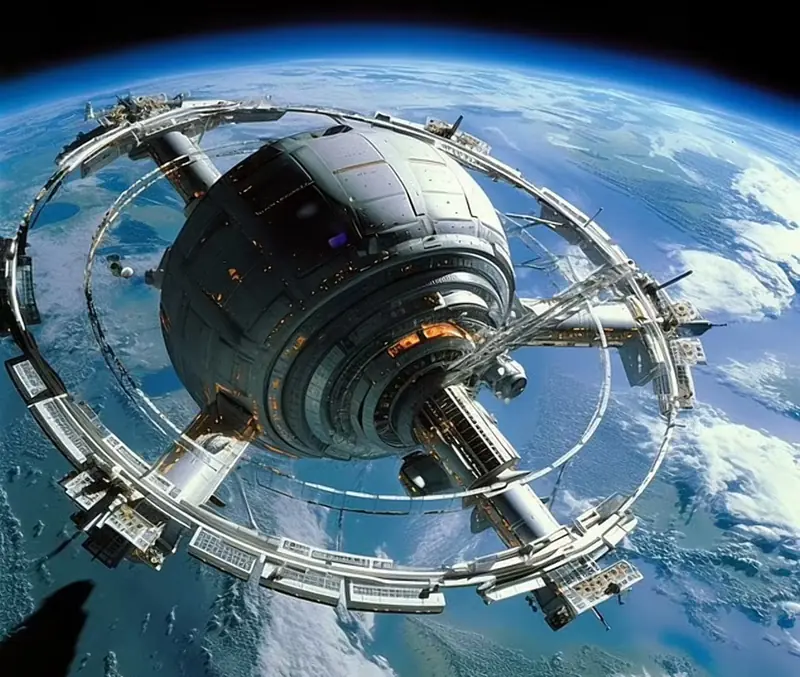
Concherry notes that the structures created by his team may not be perfect. However, they will allow for reasonable assumptions, the creation of a small prototype, and its launch into space with sensors. As the space expert explains, some components may fail, but for rapid exploration, this is the only way to quickly create and test something, and then improve upon the results.
